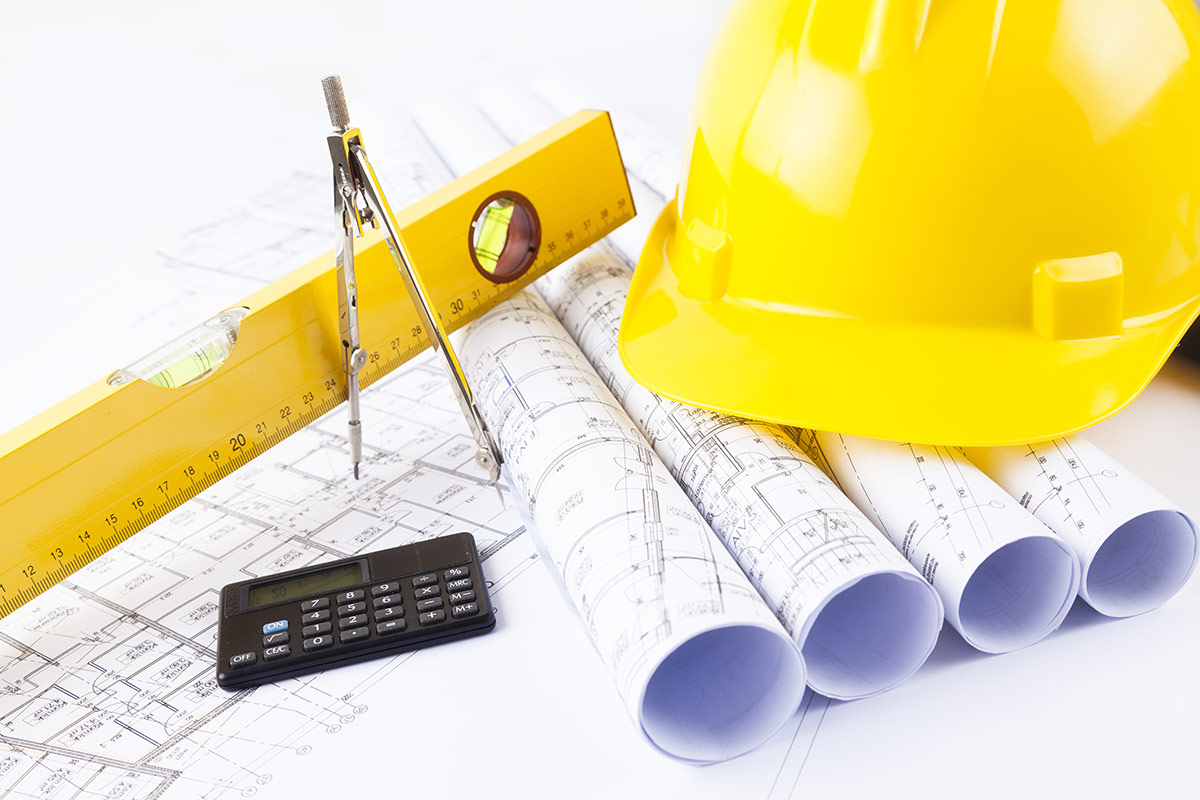There are 2 million families in the UK who would like to have a new custom built house, and is it any wonder why more and more people are building their own home? Flat pack houses are on average 10-25% cheaper than a conventional house and there are multiple advantages aside from the price.
You get to decide the size of your home, you get to design the structure and layout, and you are in charge of the building materials so you can make a real difference in the building’s sustainability.
SEE ALSO: Checklist for Building a New House
However, in order to build your own property, you need planning permission. This is absolutely essential and it is vital that you do things by the book; or otherwise you could find yourself coming unstuck in two years’ time, pulling the entire build back down and starting again.
What is planning permission?
Whether you want to simply add a conservatory onto your home or build a new housing block, you need a planning permission. This applies if you want to build something new, make a change to your building, or change the use of a building in some way.
It can be quite a lengthy, complicated process so here are 6 things that you need to know about getting a planning permission in the UK:
1. If you are unsure whether or not you need it, it is far better to be safe than sorry.
Your local planning authority (LPA) will be able to tell you if you do need permission. You can also find building regulations guidance for common work projects like converting the basement, garage or drains and sewers.
It’s better to have a thing and not need it, than to need a thing and not have it.
2. You can make certain minor changes to your house without needing to apply for planning permission and this is called permitted development rights. Do you fit into any of these?
- Industrial premises and warehouses, although there are some conditions and limits;
- Outdoor signs and advertisements;
- Demolition, although you need permission to do so beforehand;
3. Does your project in some shape or form, benefit the local community?
If it does, you don’t quite need to go down the normal planning permission process. Under circumstances, neighbourhood planning and community right to build are alternative routes which allow you to get planning permission.
4. So we’ve established whether or not you need planning permission, now what? Well now you need to apply for it.
You can do it in person, or in writing, or you can also do it online. Whatever you do, please wait until you hear back from the local authority before going ahead with building work. If you complete the work without permission, you can be served an enforcement notice which orders you to undo everything you have done. It is illegal to ignore an enforcement notice.
Here is an example to avoid:
One man in Doncaster has had one of the UK’s biggest ever planning fines for “flagrant” breaches of planning law. Nigel Smith has been handed fines totalling more than £250,000 and faces a jail sentence if the 57-year-old doesn’t pay.
Prosecuted by the local planning permission, he was convicted after pleading guilty to breaching an enforcement noticed issued by the Doncaster Council during 2011 and 2012.
5. If you are given an enforcement notice, you do have the right to appeal. If your planning application is refused, you also have the right to appeal.
If your plans are rejected, you should try to reach a compromise with the LPA by adjusting your plans accordingly. If you can’t reach a compromise, you can appeal against the decision but this can take several months.
6. So you’ve applied for planning permission, now what?
Well the LPA will decide whether or not it should go ahead. They’ll look at what materials you are using, how the project will affect the surrounding area, the size and layout of the external appearance of the building, as well as the infrastructure available such as water supply and road access.
Applications are usually decided within eight weeks but it can take up to 13 weeks for complex, large projects.
And that is that; hopefully (fingers crossed) you will hear back with good news but if you don’t, at least you know how to appeal the decision. It can be very complicated but if you are unsure about anything, make sure you speak to your LPA for advice.
This article was written by Lauren Grice of Flat Pack Houses, the specialists in self-build projects.



